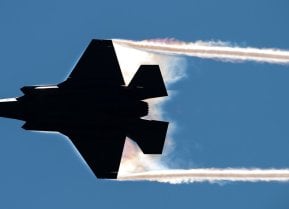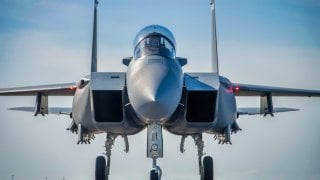More Than F-35: Why Does the F-15EX Cost $97,000,000 Per Fighter?
The Boeing F-15EX was initially seen as a cost-effective alternative to more advanced fighters like the F-35. However, its price has steadily increased, surpassing even the F-35's costs. Initially projected to cost under $80 million per jet, the F-15EX's price rose to $90 million, then to $97 million by the fall of 2023. Inflation, workforce instability, and economic conditions have been cited as reasons for the cost hike.
Summary and Key Points: The Boeing F-15EX was initially seen as a cost-effective alternative to more advanced fighters like the F-35.
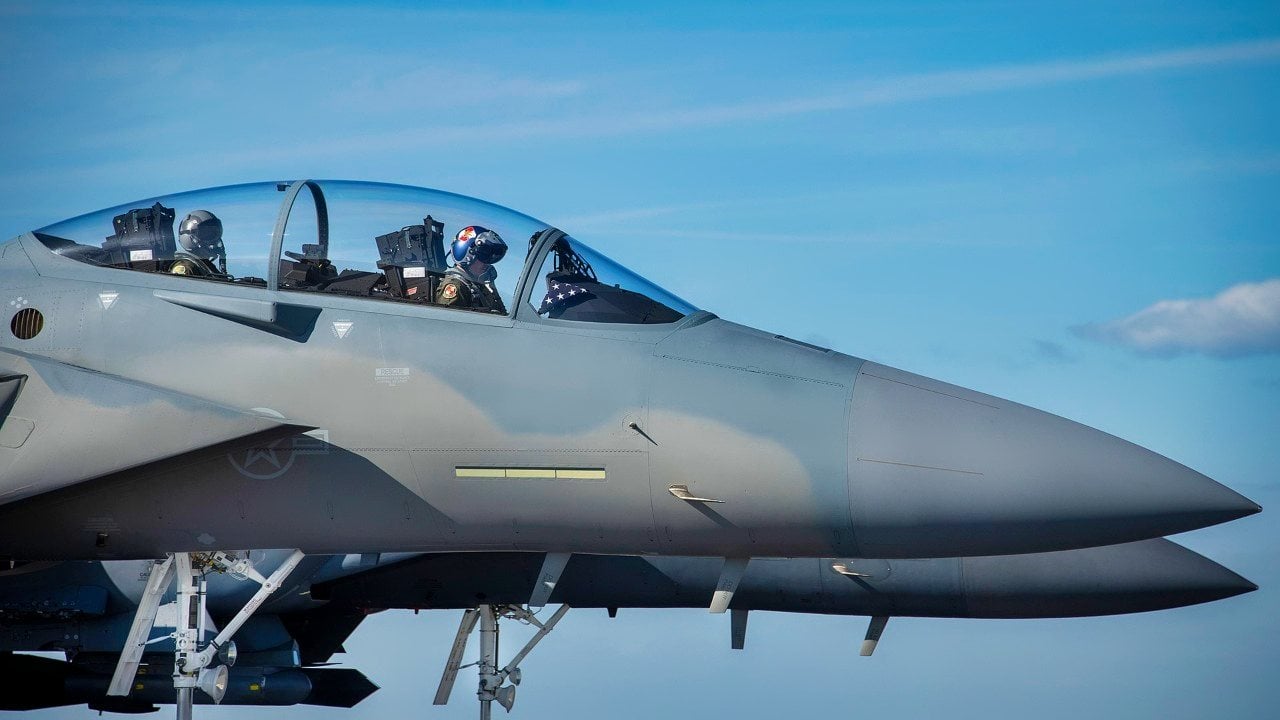
-However, its price has steadily increased, surpassing even the F-35's costs. Initially projected to cost under $80 million per jet, the F-15EX's price rose to $90 million, then to $97 million by the fall of 2023. Inflation, workforce instability, and economic conditions have been cited as reasons for the cost hike.
-Despite being a fourth-generation fighter, the F-15EX's rising costs now exceed those of the fifth-generation F-35, raising questions about its value.
F-15EX Costs Surpass F-35: Boeing Faces Criticism Over Price Hikes
The Boeing F-15EX was supposed to be a cost-saver, a capable jet that could serve adequately without busting budgets. But the cost of the F-15EX has continued to rise, outpacing even the F-35, which was once billed as the example of a fighter jet suffering from uncontrollable cost growth.
“We’re looking at ‘how do we buy at scale.’ We’re looking at ‘how do we partner with suppliers for long-term affordability’. We’re looking at ‘how do we control our own costs in the factory, whether that’s kind of infrastructure cost or whether that’s efficiency that we can continue to build in,” Mark Sears, Boeing VP of fighters, told Defense One.
Originally the F-15 was supposed to cost less than $80 million per jet. But in 2023, Boeing walked back their initial cost estimates. After signing a contract with the Air Force for forty-eight F-15EXs, Boeing said that the cost per jet would be about $90 million – more than 10% higher than original estimates.
In the fall of 2023, the F-15EX price went up again, to $97 million per jet.
Why Does the F-15EX Cost So Much?
“Today’s economics and inflation and workforce instability – all of that is real and so we’re trying to be as proactive as possible about how do we try to overcome that or at least stem the growth in the future,” Sears said. “Our focus is to remain affordable. It’s hard to look into the future and understand exactly what the market economics will do.”
Listen, I’m not an economist, but inflation and workforce instability are starting to seem like convenient covers under which companies are routinely fleecing consumers. Are inflation and workforce instability so bad that a 25% cost increase is really needed? At risk of sounding like Bernie Sanders, I’m going to suggest that while market conditions may have tightened Boeing’s profit margins, the company was probably pretty quick to offset the burden to the consumer, rather than restructure internally, say, with a reduction in executive compensation.
To put the cost of the F-15EX in perspective, consider that “the new data shows the F-15EX [is] to cost more than the Air Force is paying for its F-35s,” Defense One reported. “The cost of each F-35A in production lots 15 through 17…is $82.5 million.”
Of course, the F-35 was once lambasted as being an irresponsibly expensive system.
The F-35 is a fifth-generation fighter, a cutting-edge machine. The F-15EX, although upgraded with an Eagle Passive Active Warning Survivability System, is still a fourth-generation fighter from the 1970s. To put things simply, a fourth-generation fighter should not cost more than a fifth-generation fighter.
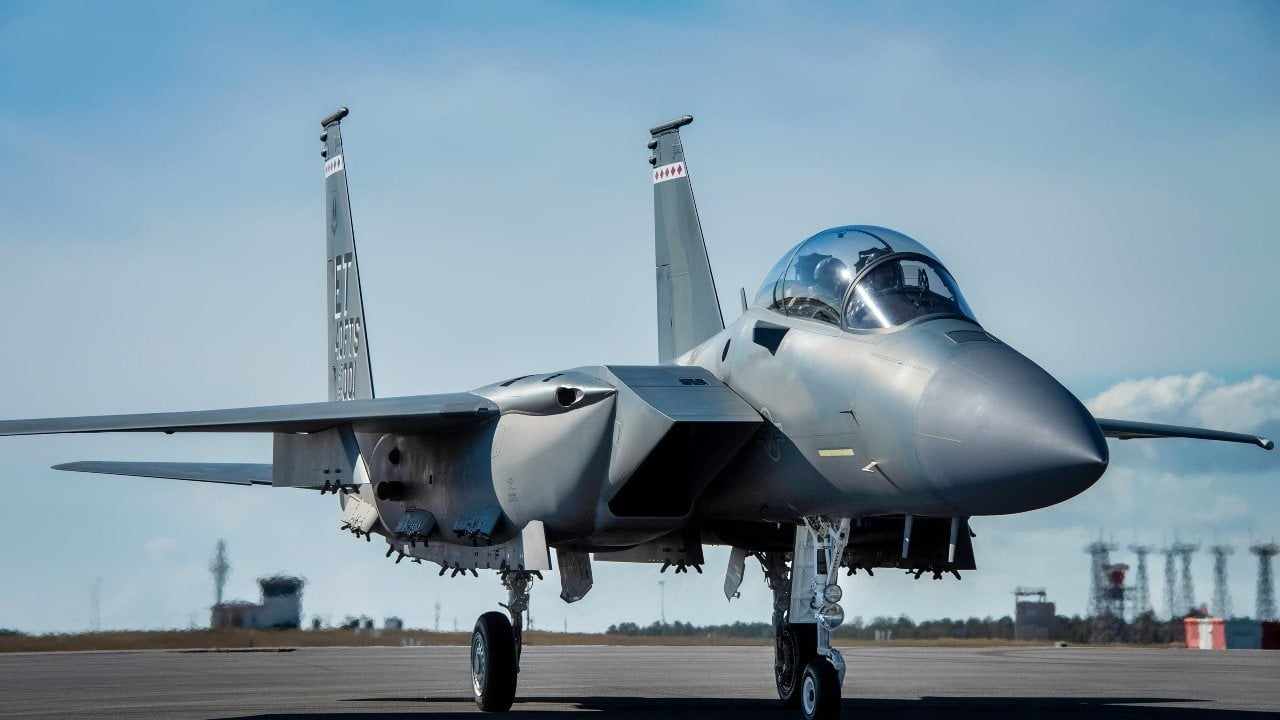
“We’re paying more and we’re getting something that’s markedly less than the value of the F-35, “said John Venable, senior research fellow at the Heritage Foundation. Venable pointed out that the F-16 would be cheaper than the F-15EX, at just $63 million per jet.
F-15EX proponents, however, “have said part of the program’s value is propping up the defense industrial base; Boeing and Lockheed Martin are the last two U.S. companies that build fighter jets,” Defense One reported.
Now, that I believe.
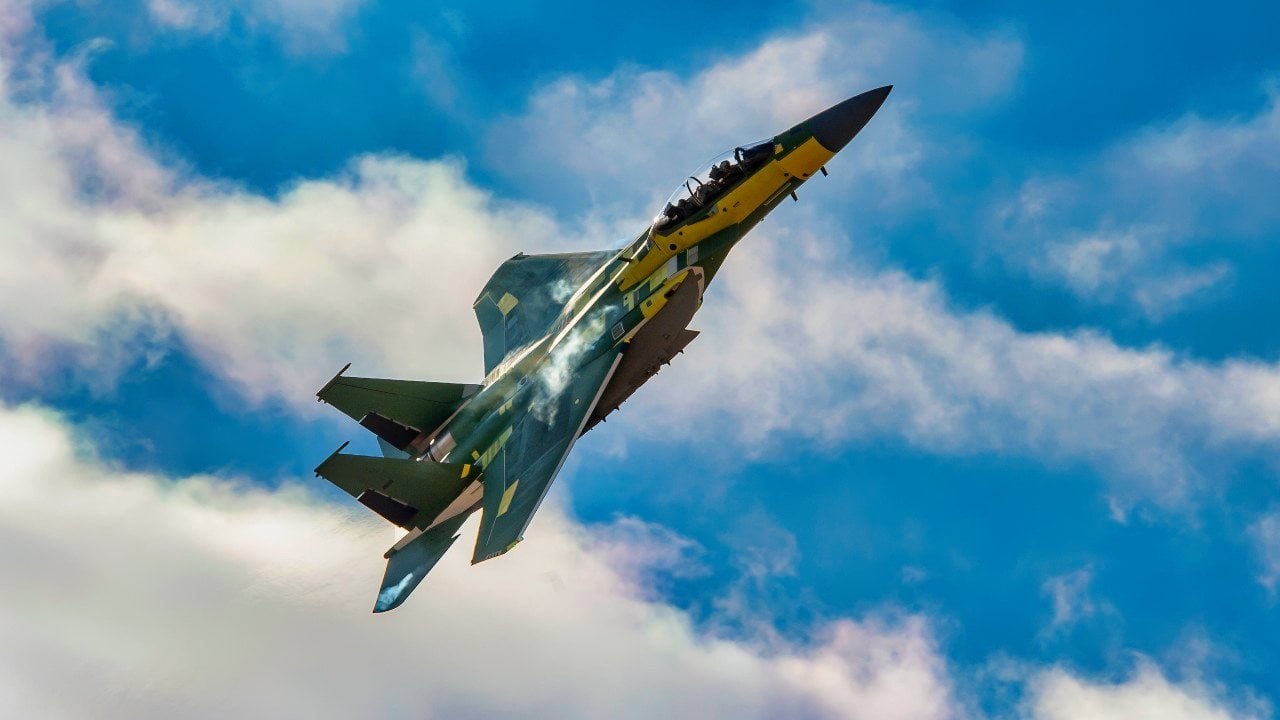
About the Author: Harrison Kass
Harrison Kass is a defense and national security writer with over 1,000 total pieces on issues involving global affairs. An attorney, pilot, guitarist, and minor pro hockey player, Harrison joined the US Air Force as a Pilot Trainee but was medically discharged. Harrison holds a BA from Lake Forest College, a JD from the University of Oregon, and an MA from New York University. Harrison listens to Dokken.
